— CA3 Responds to 2023-24 California State Budget Proposal —
Grateful for Governor’s Continued Commitment to Expanded Learning
In response to California’s proposed 2023-24 state budget, the California Afterschool Advocacy Alliance (CA3) issued this statement:
We appreciate the Governor's recognition and ongoing commitment to expanded learning (afterschool and summer learning programs) as a central strategy to close opportunity gaps and implement the California for All Kids plan. With this budget proposal, the Governor has proposed to keep the $4 billion in ongoing funding to the Expanded Learning Opportunities Program (ELO-P), keeping his promise to students and their families who rely on publicly funded expanded learning programs throughout the state. "We're not backing off in terms of accelerating these priorities in terms of our efforts to transform our public education system," the Governor said while highlighting these investments.
"This stability is critical to the ongoing implementation of the California for All Kids plan—a whole child framework to close opportunity gaps by accelerating learning and investing in the educator workforce while providing universal access to early learning, before and after school care, and comprehensive nutrition services," the Governor stated in his K-12 budget summary.
As ELO-P ramps up, we are seeing success: more districts are expanding access to and increasing the quality of their afterschool and summer programs. This much-needed funding is new and school districts and community partners need time, resources, and technical assistance to blend and braid ELO-P with existing afterschool and summer learning funding and strengthen their infrastructure in order to expand their programs. For some districts, ELO-P is the only funding stream and they are building programs for the first time. The biggest challenge in implementation is the workforce shortage due to low wages—program providers are working hard to retain and build their workforce in the face of increased inflation and cost of living, and are struggling to keep and find talented staff without being able to offer increased wages. Expanded learning programs compete for young workers against industries that are able to pass the increased costs onto customers, such as fast food. Expanded learning providers, however, receive relatively flat funding without automatic cost-of-living adjustments (COLAs) and have limited options to absorb increased costs. This creates a revolving door of workers, which is not in the best interest of children, who need consistency and high-quality care. We hope the Governor and the Legislature will invest in the full educator and care workforce by including expanded learning workers in this year's COLAs. Existing afterschool programs, through the After School Education and Safety (ASES) and 21st Century Community Learning Centers (21st CCLC) programs, were left out of the Governor’s proposed 8.13% COLA for the Local Control Funding Formula, child care, and nearly all other educational categoricals. Some ASES and 21st CCLC programs do not receive ELO-P funding and need more than $10.18 per student per day from the state in order to run quality programming and hire the workforce they need. Research shows that a quality afterschool program costs between $14.40 and $40.95 per student per day (depending on the region) (1).
We are also grateful for the increase in funding for extracurricular arts and enrichment for high school youth, who are not prioritized with current ELO-P funding and equally deserve enrichment opportunities. We look forward to working with the Governor and the Legislature on this proposal and others to provide equitable support for middle and high school youth.
Students from elementary through high school are still struggling from the effects of the pandemic. They are relying on us to keep our promises to help them recover and thrive by maintaining and expanding the programs that have positive effects on their learning, health, and wellness. We are grateful that the Governor and the Legislature understand the value of expanded learning programs. We must now work together to ensure that this investment is successful and help school districts and program providers with the massive undertaking of implementation.
ABOUT THE CALIFORNIA AFTERSCHOOL ADVOCACY ALLIANCE
California Afterschool Advocacy Alliance (CA3) is the statewide voice for expanded learning, including afterschool and summer learning programs. CA3 is a coalition of 35 expanded learning providers and intermediaries from across the state representing the interests of hundreds of thousands of children, youth, and families who rely on publicly funded expanded learning programs throughout California, as well as the vibrant and dynamic workforce that makes these programs so special. ca3advocacy.com
CALIFORNIA AFTERSCHOOL ADVOCACY ALLIANCE MEMBERS
A World Fit for Kids; After-School All-Stars, Los Angeles; arc; BASE Programs; Bay Area Community Resources; Bright Futures for Youth; California AfterSchool Network; California Alliance of Boys & Girls Clubs; California School-Age Consortium; California State Alliance of YMCAs; California Teaching Fellows Foundation; Children Now; Community Youth Ministries; EDMO; EduCare Foundation; Envisioneers; Fight Crime: Invest in Kids; Great Public Schools Now; Heart of Los Angeles; Innovate Public Schools; InPlay; Keep Youth Doing Something; LA's BEST Afterschool Enrichment Program; LA Boys and Girls Clubs Collaborative; LA Conservation Corps; LA STEM Collective; Mission: Readiness; Partnership for Children & Youth; Sacramento Chinese Community Service Center; STAR Inc.; Team Prime Time; The Children's Initiative; Think Together; Woodcraft Rangers; YMCA of San Diego County
Contact
Stephanie Pollick, stephanie@partnerforchildren.org, (510) 830-4200 x1616
______________
(1) The national Wallace Foundation Out-of-School Time Cost Calculator, updated in 2021, estimates that a school-year program focused on academic and enrichment run by a school in the Central Valley for a minimum of 15 hours a week, 35 weeks a year, to 84 students, costs between $14-32 per student per day. A similar program in San Diego, costs between $17.50-40.95, with higher costs in the summer.
